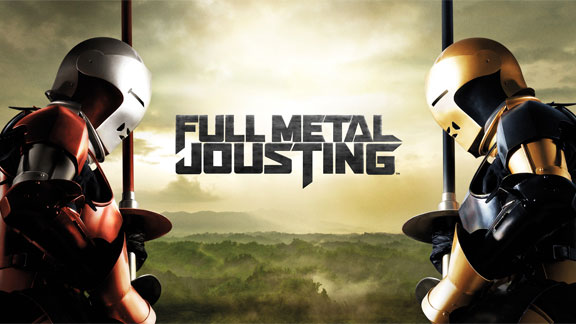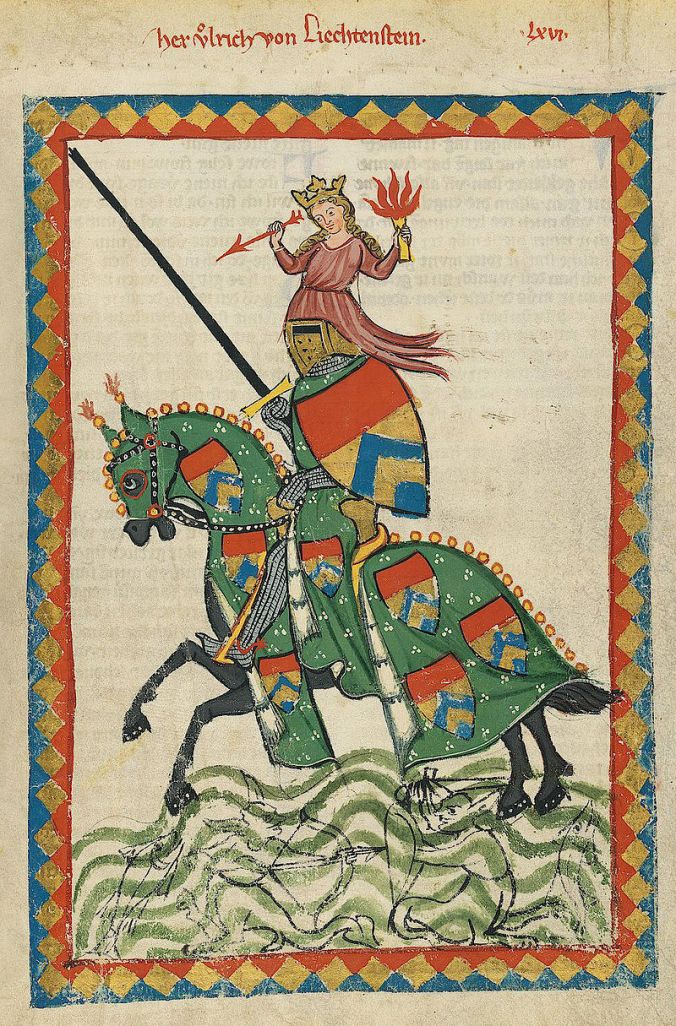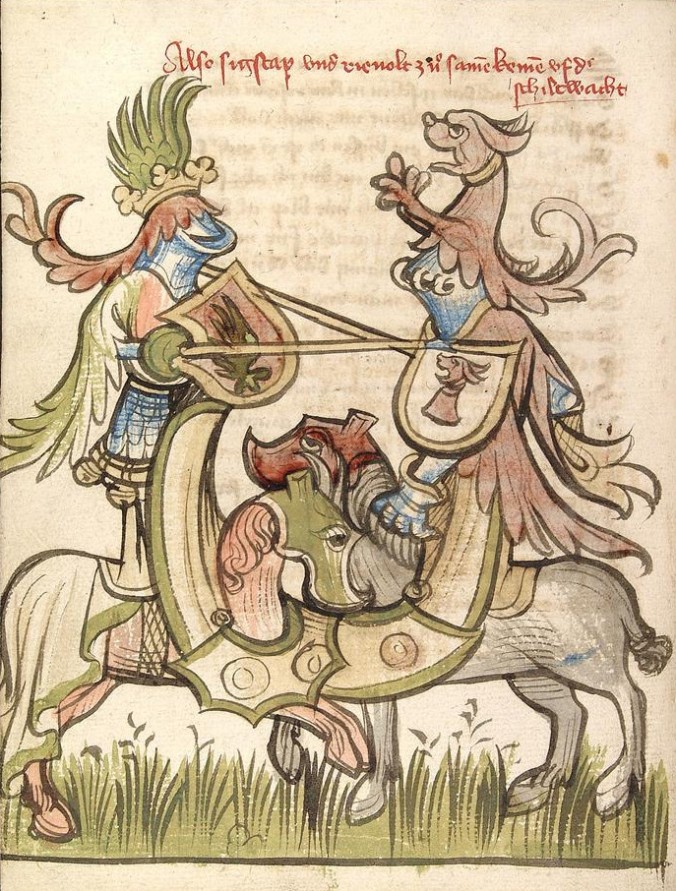I grew up in a household where gaming wasn’t allowed, so on weekends I would trek over to my cousin’s house, plop myself down in front of his big screen, and play. I never understood why it was that video games were considered such a bad influence, as I loved gaming and never saw an explicit negative effect. Now that I have seen the walk-through of Dante’s Inferno I am considering changing my stance.
“The Middle Ages form a space in which theory and narrative, gaming and textuality, identity and society are remediated and reimagined,”(10) says Kline. I believe that to be true; we’ve been offered ample evidence to show that contemporary society views the middle ages with a kind of “double vision”(Kline 4), using modern day articles (such as a bathrobe) to stand in for, or be interpreted as medieval (bathrobe becomes a wizard’s cape). This reimagining of medieval times is discussed in length by Chadwick in his discussion of masculinity in Dante’s Inferno, in “Courtly Violence, Digital Play.” But the real question comes from when you pair Kline’s ideas with Chadwick’s; if the game is making a statement on our society today using the venue of the Middle Ages, then what in the SAM HECK is going on with women?
Chadwick barely glances over the fact that Beatrice has been pulled from her lofty role in Dante’s Inferno as the pilgrim’s heavenly guide and benefactor to a “feminine object”(Chadwick, 153). This, to me, is a way bigger statement on society than our wish to return to the simpler times of real men! According to Pugh and Weisl, Dante in Dante’s Inferno, is a “new identity of a mythic warrior stitched onto the naked space of his iconic status”(19). Let’s then take a look at the “new identity” of Beatrice’s “iconic status.”
First of all, her entire involvement in this whole affair revolves around Dante and his inability to keep it in his pants. She is no longer a protector, instead needs to be protected, and throughout the entirety of the game is under the control of, or within the possession of a male figure. Even when she passes out towards the end, she is taken away by a male angel, in whose arm she lies limply. Chadwick stressed the point that courtly love has to do with “inborn suffering”(155), doesn’t Beatrice suffer enough to be considered for the role of heroine? Obviously not.

Beatrice in Henry Holiday’s painting “Dante and Beatrice”

Beatrice in Dante’s Inferno
Most other video games that I have played have not been about the dichotomy between masculinity and femininity. Instead they have been about the accumulation of power. Unfortunately in Dante’s Inferno and many other contemporary medieval sources we have viewed (including my final research topic, BBC’s The Black Adder), makes it distinct that the only people who can accumulate said power are men, and that this power is an inherent form of masculinity.
This is why I am choosing to reevaluate my views on video games in general, and participatory medievalism more specifically. Chadwick says that this game helps us evaluate “medieval masculinities and contemporary bodies”(157), but if it says anything about medieval femininities, all I can say is that I am glad I was born in the 20th Century.




You must be logged in to post a comment.